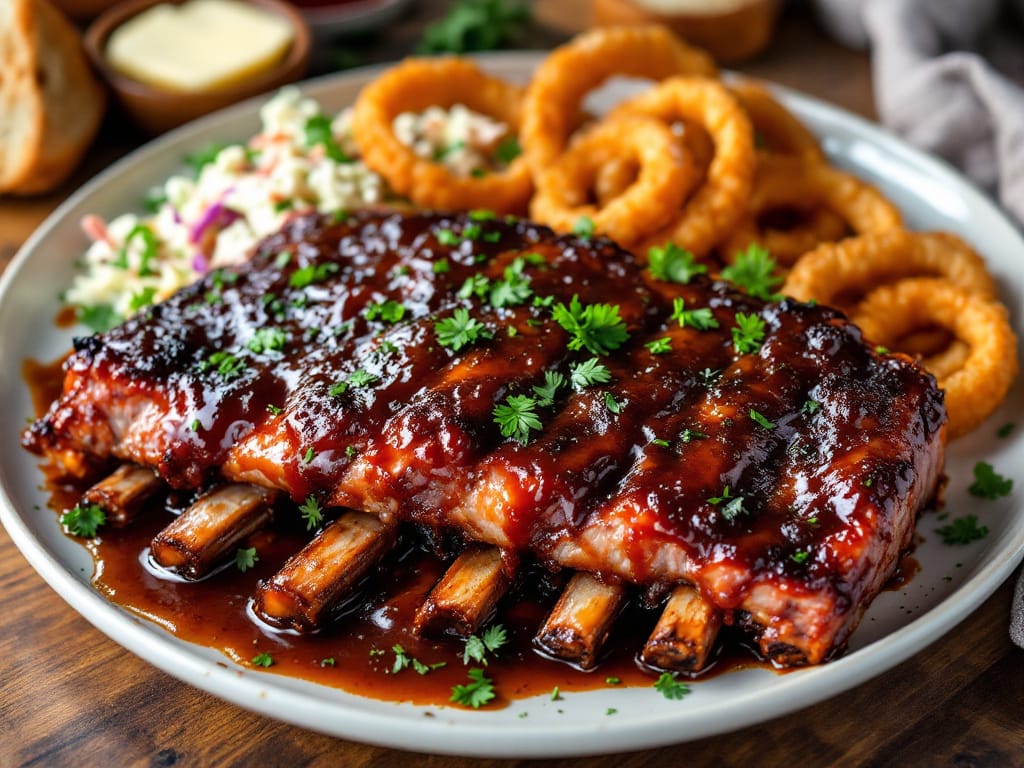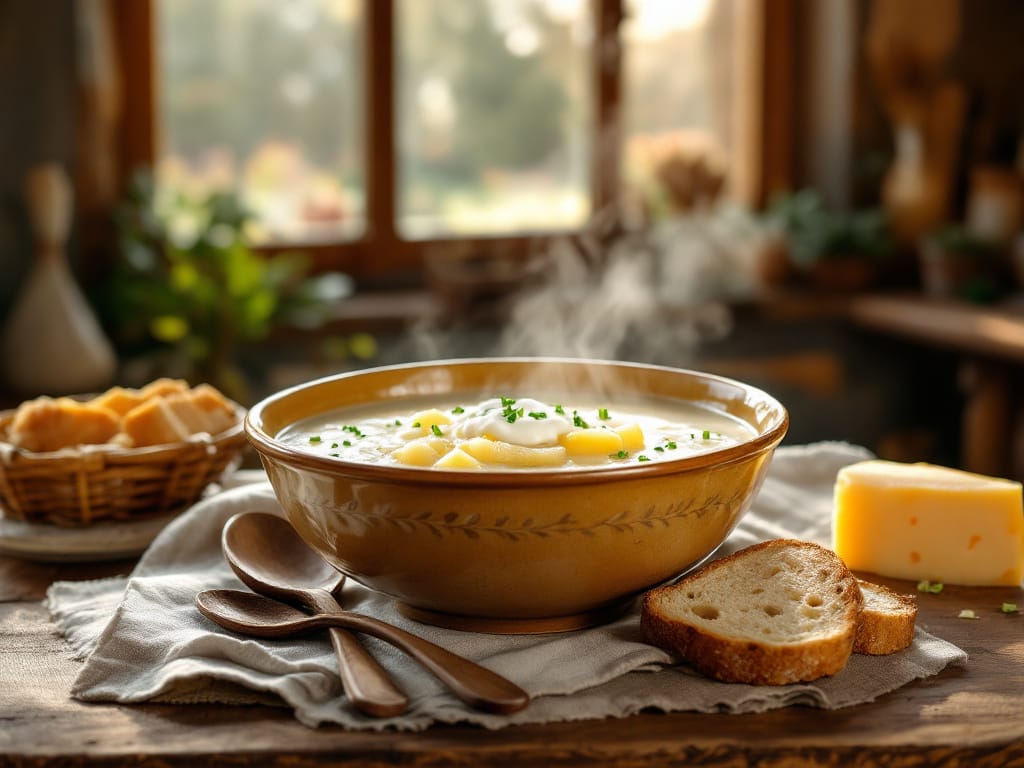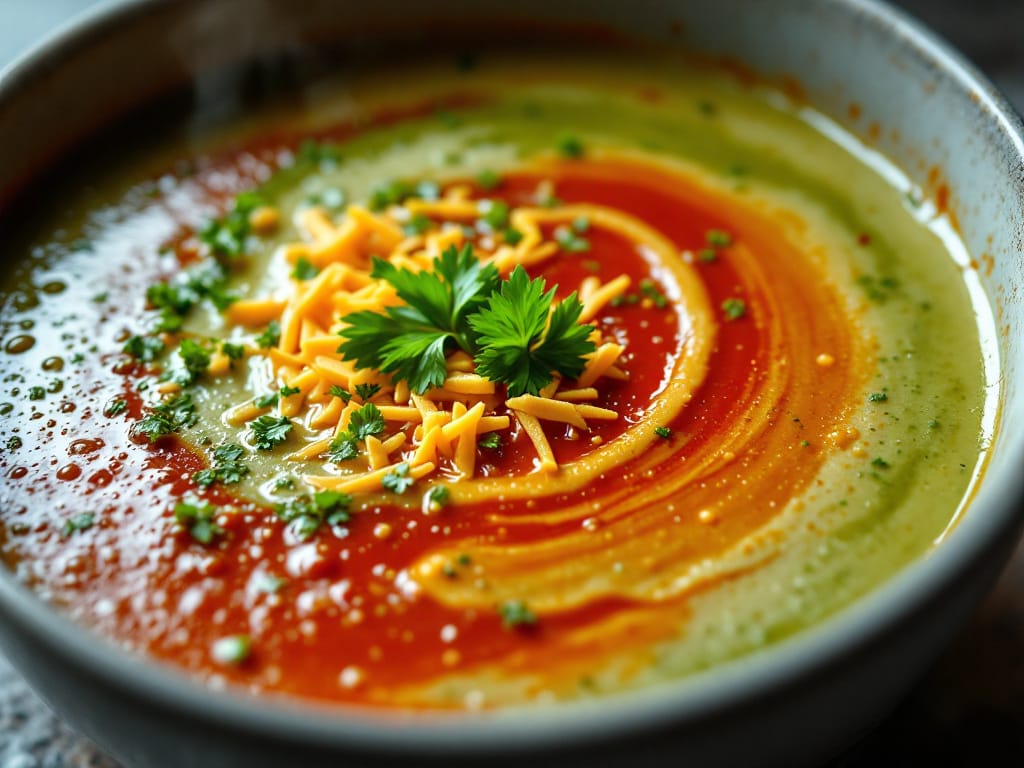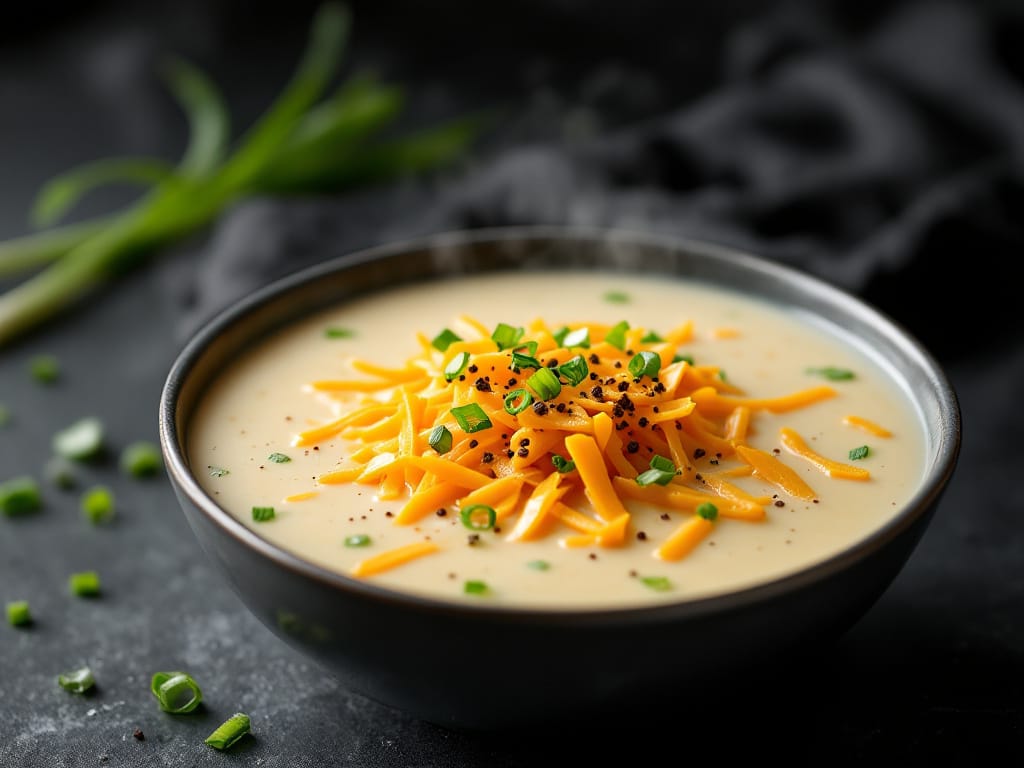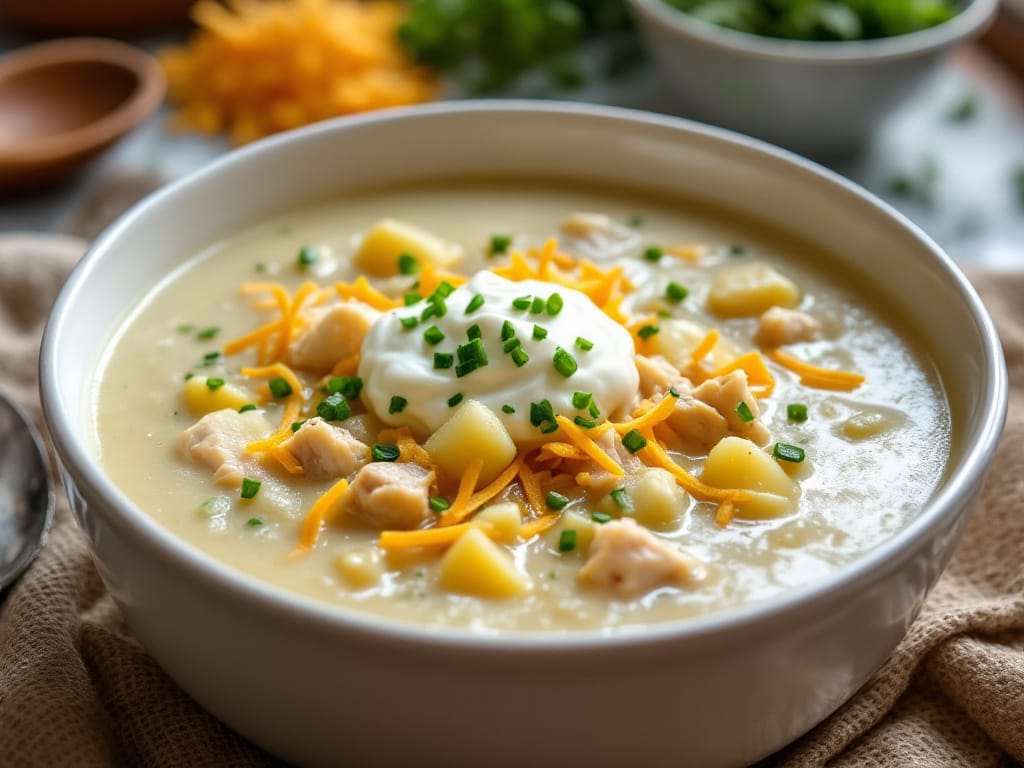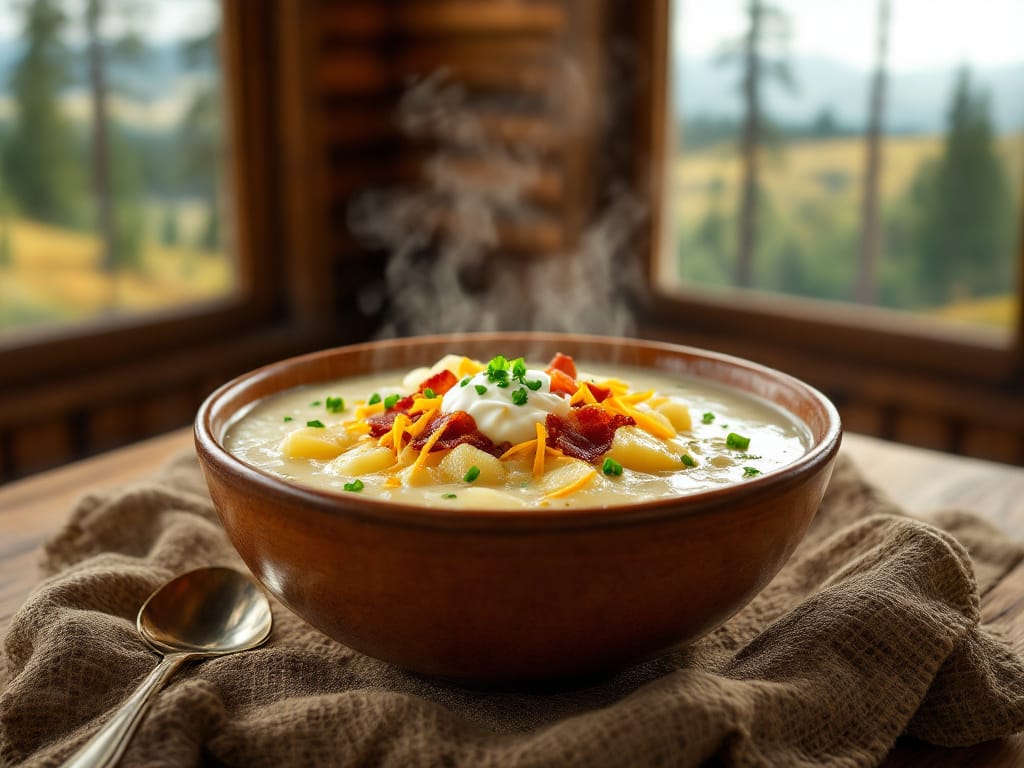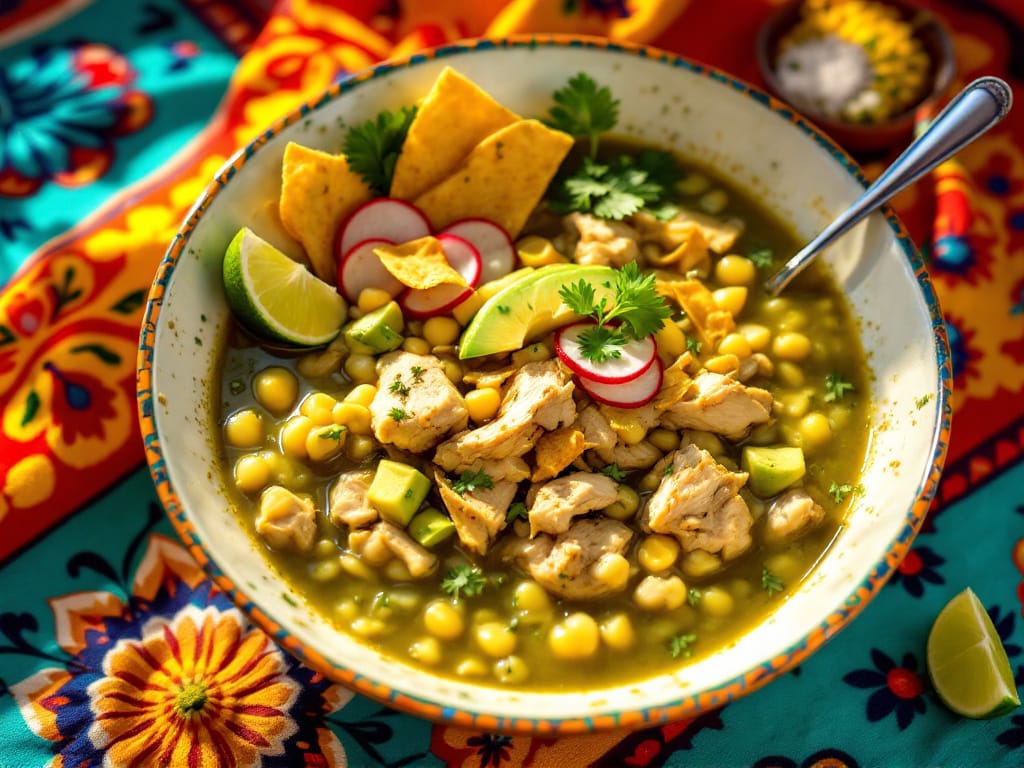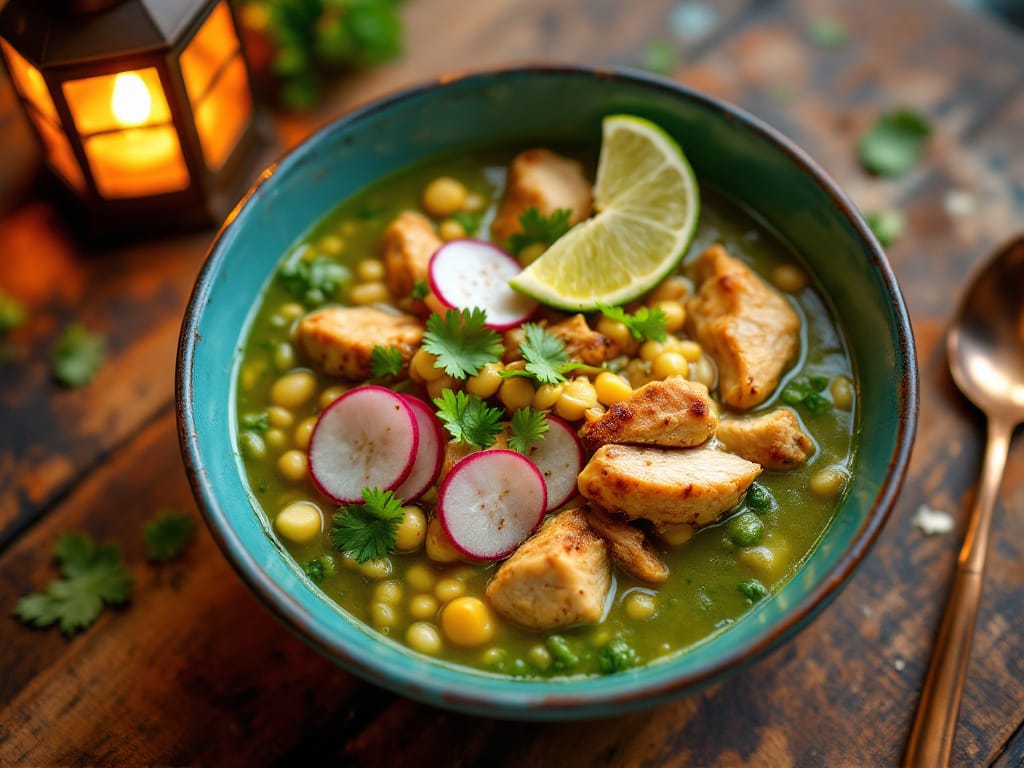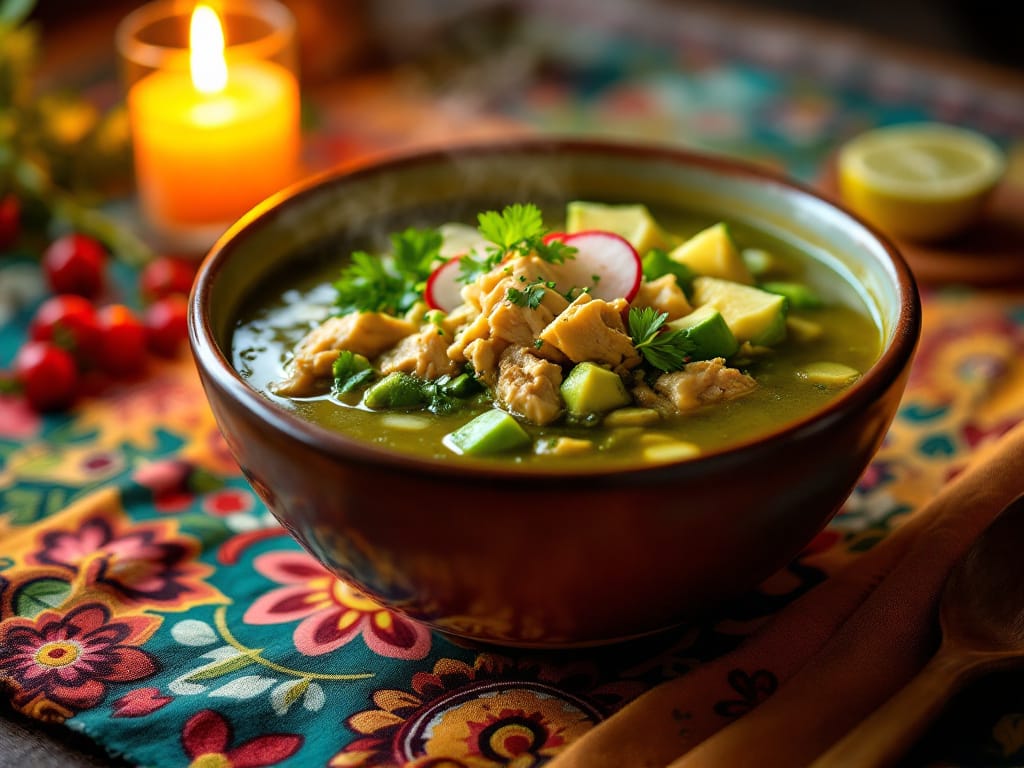Cooking baby back ribs on a Traeger grill is a rewarding experience that combines convenience with rich, smoky flavor. If you’re wondering how long to cook baby back ribs on a Traeger, this guide has all the answers. Known for their tenderness and perfect texture, Traeger smoked baby back ribs are a BBQ favorite for beginners and experts alike.
Baby back ribs are celebrated for their tenderness and rich flavor. They’re smaller and leaner than spare ribs, making them quicker to cook and easier to handle, even for beginners. When done right, the meat practically falls off the bone, delivering a mouthwatering experience.
When smoking ribs on a Traeger, two methods dominate: the 3-2-1 method and traditional low-and-slow smoking. Each method creates flavorful, tender ribs, so your choice depends on your preferred cooking style and available time.
Traeger grills offer unmatched consistency, making them ideal for slow-smoking ribs. These pellet grills maintain steady temperatures and infuse food with rich, smoky flavors. For an in-depth look at Traeger baby back ribs, check out this detailed recipe guide.
Tools and Ingredients Needed
Before you start, ensure you have the right tools and ingredients to make your Traeger baby back ribs a success.
Tools:
- Traeger Grill: The cornerstone of this recipe, offering consistent heat and an excellent smoky flavor.
- Meat Thermometer: Essential for monitoring internal temperatures to prevent overcooking or undercooking.
- Aluminum Foil: Used to wrap ribs for moisture retention during cooking.
- Tongs: For flipping and handling ribs without piercing the meat.
- Mop Brush: Optional, for basting ribs with sauce or liquids during cooking.
Ingredients:
- Baby Back Ribs: The star of the dish. Choose fresh, high-quality ribs.
- Dry Rub or Seasonings: Customize your flavor with store-bought or homemade rubs featuring salt, paprika, garlic, and more.
- BBQ Sauce: Adds a caramelized, tangy finish to the ribs.
- Wood Pellets: Choose hickory, applewood, or cherry for added flavor. If you’re curious about alternatives, see how they affect different Traeger recipes.
With these essentials on hand, you’re ready to begin preparing your ribs.
Prepping the Ribs
Preparation is the key to achieving perfectly tender baby back ribs. Follow these steps to get your ribs ready for the Traeger grill:
Remove the Membrane
The underside of the ribs has a tough membrane that blocks smoke and seasoning from penetrating the meat. Use a small knife to loosen the edge of the membrane, then grab it with a paper towel and pull it off in one piece.
Apply a Dry Rub
A dry rub enhances the flavor of your ribs while forming a delicious crust during cooking. Generously sprinkle your chosen rub on both sides of the ribs and pat it in gently. Allow the ribs to sit for at least 30 minutes or refrigerate them overnight for deeper seasoning.
Optional Marinade
For extra moisture and flavor, you can marinate the ribs. Combine apple cider vinegar, olive oil, and your favorite spices in a bag or container, then let the ribs soak for a few hours in the fridge.
Proper preparation ensures your ribs absorb maximum flavor and cook evenly on the Traeger.
Setting Up the Traeger Grill
Setting up your Traeger correctly is critical to achieving that perfect smoky flavor. Follow these steps to get started:
Choose the Right Pellets
The type of wood pellets you choose will significantly impact the flavor of your ribs. Hickory and apple are excellent choices, providing a blend of sweetness and smokiness. For additional pellet recommendations, check out this pellet flavor guide.
Preheat the Grill
Before placing the ribs on the grill, preheat the Traeger to your desired temperature. For most recipes, 180-225°F is ideal for low-and-slow cooking. Make sure the grill is fully preheated before adding the ribs to ensure even cooking.
Use the Smoke Setting
To maximize smoky flavor, start the cooking process on the smoke setting. This step infuses the ribs with rich, aromatic flavors that define a great BBQ.
Cooking Methods for Baby Back Ribs on a Traeger
Traeger grills offer multiple methods for cooking baby back ribs. The two most popular approaches are the 3-2-1 method and traditional low-and-slow smoking.
The 3-2-1 Method
This foolproof method is ideal for beginners or those who prefer fall-off-the-bone ribs:
- Step 1 – Smoke: Place the ribs directly on the grill grates, bone side down. Smoke at 180°F for 3 hours. This step infuses the ribs with smoky flavor.
- Step 2 – Wrap: Remove the ribs from the grill and wrap them tightly in aluminum foil with a splash of liquid (apple juice, honey, or butter). Cook at 225°F for 2 hours to tenderize the meat.
- Step 3 – Sauce: Unwrap the ribs, baste them generously with BBQ sauce, and return them to the grill. Cook for 1 hour at 225°F to caramelize the sauce.
For an alternative method, check out the 3-3-3 rule for ribs, which offers a different balance of cooking stages.
Traditional Low-and-Slow Smoking
If you prefer a simpler approach, this method is equally effective:
- Smoke the ribs at 225°F for 4-6 hours, spritzing them every hour with apple cider vinegar or juice.
- Remove the ribs when they reach an internal temperature of 190-205°F for tender meat.
Alternative Methods
Experiment with variations like wrapping the ribs for only 1 hour or basting with different sauces during the final stage. Adjustments allow you to tailor the ribs to your personal taste.
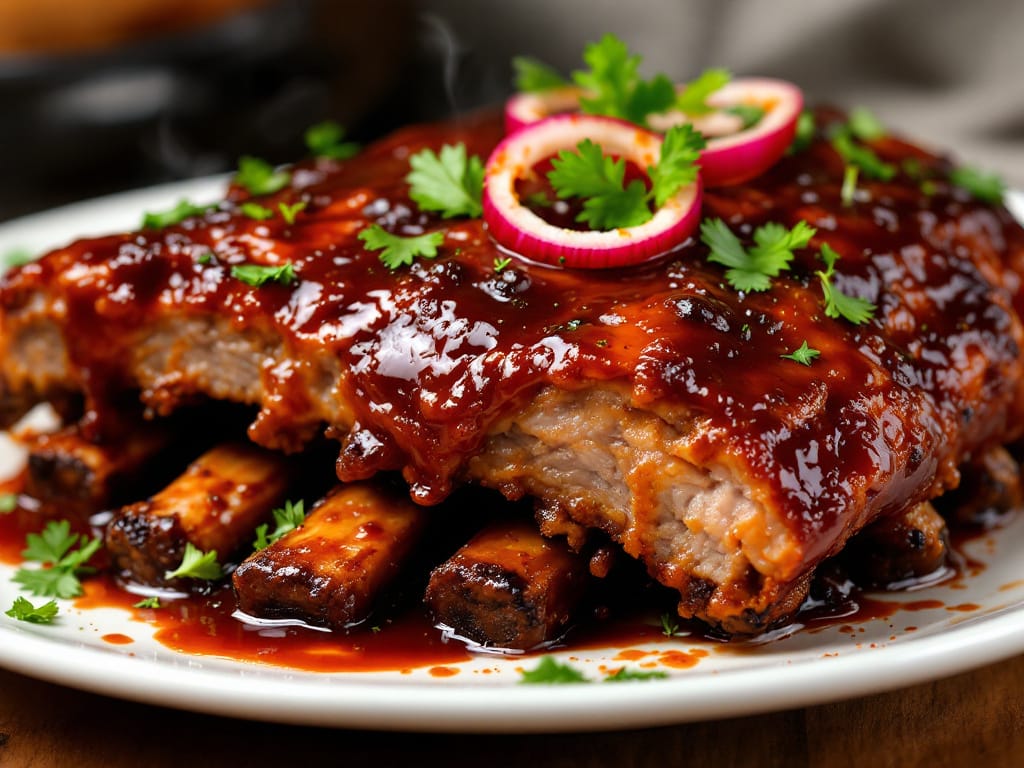
Recommended Cooking Times and Temperatures
When cooking baby back ribs on a Traeger, timing and temperature are crucial for achieving the perfect texture and flavor. Here’s a breakdown:
Internal Temperature
The ideal internal temperature for baby back ribs is 190-205°F. At this range, the connective tissue breaks down, resulting in tender, juicy meat. Use a meat thermometer to monitor the temperature without overcooking.
Cooking Times
- 3-2-1 Method: Approximately 6 hours total. (3 hours smoking, 2 hours wrapped, 1 hour unwrapped with sauce.)
- Traditional Low-and-Slow: Around 4-6 hours, depending on the size and thickness of the ribs.
Factors Influencing Cooking Time
- Rib Thickness: Thicker ribs require longer cooking times.
- Grill Model: Different Traeger models may have slight temperature variances.
- Weather: Cold or windy conditions can extend cooking times.
By following these guidelines, you’ll ensure your ribs are perfectly cooked every time.
Troubleshooting and Tips for Perfect Ribs
Making perfect baby back ribs on a Traeger requires attention to detail and some troubleshooting. Here’s how to avoid common pitfalls:
Avoid Overcooking or Undercooking
- Overcooking ribs can make them dry and chewy, while undercooked ribs will be tough and hard to eat.
- Use a meat thermometer to monitor the internal temperature. Aim for 190-205°F for optimal tenderness.
Retain Moisture
- Spritz the ribs every hour with apple cider vinegar or juice to keep them moist during smoking.
- When using the 3-2-1 method, ensure the foil is sealed tightly during the wrapping stage to trap moisture.
Achieving a Perfect Smoke Ring
- Use high-quality pellets like hickory or applewood for a rich flavor profile.
- Keep the grill temperature between 180-225°F during the initial smoking phase. Low temperatures encourage a deeper smoke ring.
With these tips, you can consistently produce ribs that are juicy, tender, and full of smoky flavor.
Serving Suggestions and Side Dishes
A plate of perfectly cooked baby back ribs deserves equally delicious accompaniments. Here are some ideas:
Recommended Side Dishes
- Cornbread: The sweet, crumbly texture pairs beautifully with smoky ribs.
- Coleslaw: A refreshing, tangy contrast to the richness of the ribs.
- Baked Beans: Smoky, savory beans round out a classic BBQ meal.
- Grilled Vegetables: Add a touch of health with grilled zucchini, asparagus, or corn on the cob.
Presentation Tips
- Use a sharp knife to slice the ribs between the bones for clean, even portions.
- Arrange the ribs on a large platter and garnish with fresh herbs or lemon wedges for an inviting presentation.
Beverage Pairings
- Beer, especially pale ales or lagers, complements smoky BBQ flavors.
- Sweet tea or lemonade works well for non-alcoholic options.
These pairings enhance the dining experience, making your ribs the star of the meal.
Cleaning and Maintaining Your Traeger
After enjoying your Traeger ribs, proper cleaning and maintenance ensure your grill stays in top condition. Here’s how:
Cleaning Techniques
- After the grill cools, scrape off any food residue from the grates using a grill brush.
- Empty the grease trap to prevent buildup and potential flare-ups.
- Wipe down the exterior of the grill with a damp cloth to remove dust and stains.
Maintenance Tips
- Regularly check and clean the fire pot to ensure efficient heating.
- Inspect the hopper and auger for any pellet dust or clogs. Empty the hopper periodically to prevent pellet degradation.
- Store your grill in a dry, covered area to protect it from weather damage.
By following these steps, your Traeger will remain reliable and ready for your next BBQ session.
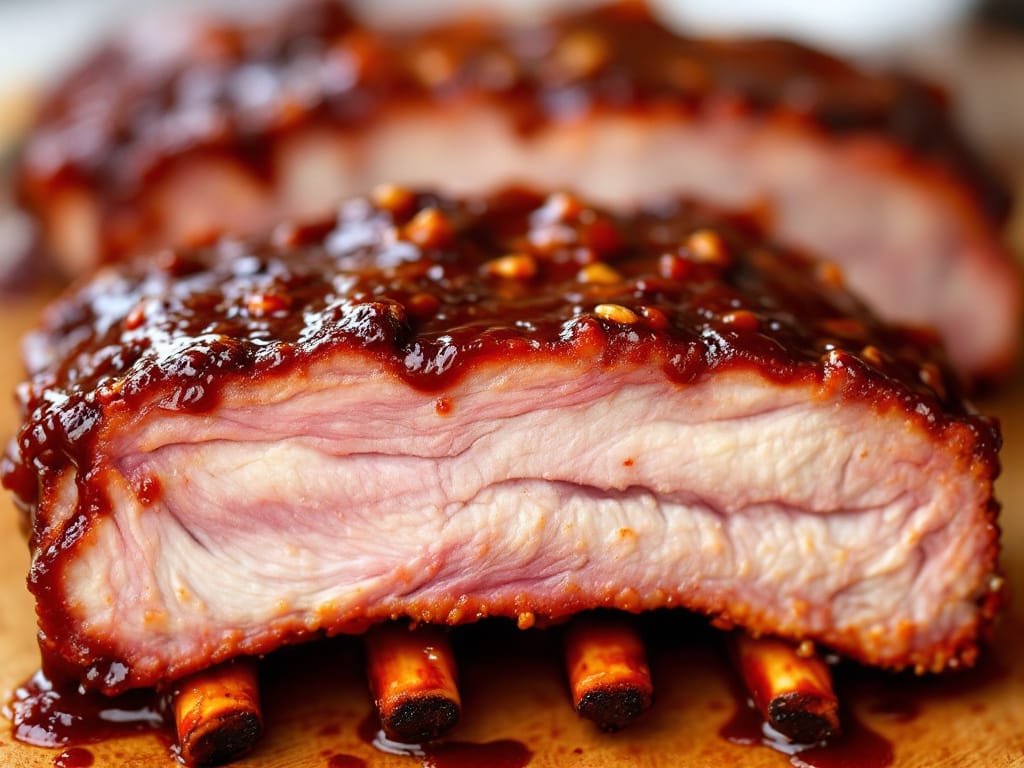
FAQs
How long does it take to cook baby back ribs at 225°F on a Traeger?
Cooking baby back ribs at 225°F typically takes 4-6 hours, depending on the thickness of the ribs. Use a meat thermometer to confirm when the internal temperature reaches 190-205°F.
What is the 3-2-1 method for smoking ribs?
The 3-2-1 method is a step-by-step approach:
- Smoke the ribs for 3 hours at 180-225°F.
- Wrap the ribs in foil with liquid (e.g., apple juice) and cook for 2 hours at 225°F.
- Unwrap the ribs, baste with BBQ sauce, and grill for 1 hour to caramelize the sauce.
Can I cook baby back ribs faster?
Yes, you can use a higher temperature (e.g., 275°F) to reduce the cooking time to 3-4 hours. However, faster cooking may result in less tender ribs and a diminished smoky flavor.
What type of pellets should I use for baby back ribs?
Hickory and applewood pellets are popular choices for ribs, offering a balance of sweetness and smokiness. For a deeper flavor profile, consider blending different pellet types.
Do I need to spritz or mop ribs during cooking?
Spritzing with apple juice or vinegar every hour helps retain moisture and enhances the flavor. Mopping ribs with a basting sauce adds a tangy, savory finish during the final stages.
These FAQs address common concerns and provide practical advice for cooking ribs on a Traeger.
Comparing Cooking Ribs on a Traeger vs. Other Grills
Cooking baby back ribs on a Traeger offers several advantages over traditional charcoal or gas grills:
Pellet Grill Benefits
- Consistency: Traeger grills maintain steady temperatures, ensuring even cooking throughout.
- Flavor: The use of wood pellets adds a deep, smoky flavor that’s hard to replicate on gas grills.
- Convenience: Traeger grills are easy to use, with automated temperature controls and settings.
Charcoal and Gas Grill Differences
- Charcoal grills produce a more intense smoke flavor but require constant monitoring and can be challenging to control.
- Gas grills are convenient but lack the authentic smoky flavor that makes BBQ ribs so special.
For beginners and seasoned BBQ enthusiasts alike, Traeger grills offer a balance of convenience, precision, and exceptional flavor.
Conclusion and Final Thoughts
Cooking baby back ribs on a Traeger is a rewarding process that delivers mouthwatering results. Whether you prefer the 3-2-1 method or low-and-slow smoking, the key is attention to detail and quality ingredients. Start your Traeger BBQ journey today and experience ribs that are smoky, tender, and unforgettable!

